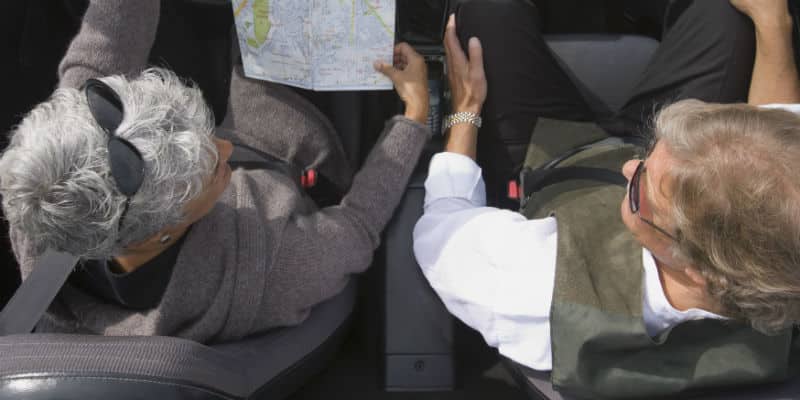This is the second post in a three-part series examining nonconsumption as a strategy for maximizing the sharing economy. The series addresses three areas of opportunity: rooms, rides, and recreation.
Sharing carries altruistic connotations. But, it has enabled the creation of some of the most valuable organizations in the world, like Uber and AirBnB. Now, sharing is often thought of as an exchange between individuals. A family with a spare room can now share it to earn extra income; someone who uses their car infrequently can do the same. In this blog series, we examine how businesses can also benefit in the sharing economy by applying one of its principles—finding new uses for idle assets—to build products and services that address nonconsumption.
What is nonconsumption?
Nonconsumption denotes situations where people lack adequate solutions (products or services) and are thereby forced to consume nothing at all. High cost is a common cause of nonconsumption—when existing solutions are too expensive for many people.
Price, insufficient expertise, and lack of physical access can all result in nonconsumption. Take photocopiers, for example. Until the 1980s, when people needed photocopies they had to take their documents to a centralized photocopy center where a technician made the copies for them using a complicated, high-speed Xerox machine. One can only imagine what it was like, trying to decide if it was worth it to interrupt work and head to the photocopy center multiple times a day. Sensing this difficulty, Canon and Ricoh introduced desktop photocopiers. Early versions were slow and lacked many of the features of the high-end Xerox machines, but people could put them right next to their desks and access them easily for basic copying tasks. With time, their performance improved until they became as good as the Xerox machines.
Finding nonconsumption
The aging population represents a growing source of nonconsumers. As the world heads into a long-term trend towards an increase in the percentage of elderly people, there will be a need for several kinds of services that help them to overcome the restrictions caused by age. Amongst other challenges, compromises on mobility can cause acute issues for the elderly. Traveling for routine tasks such as grocery shopping or visiting a friend can become difficult, causing many to stay at home. While services exist for emergency needs, there is an unfulfilled need for a transportation service that caters to those who do not want assisted living and cannot afford more expensive solutions.
The case for sharing
A dedicated transportation service for the elderly would require a significant investment in cars and drivers and, as such, would likely be too costly to become a viable business model. Alternatively, reuse of existing resources—both cars and drivers through sharing—could result in a less expensive alternative and serve a larger segment of the population.
Ironically, and perhaps serendipitously, taxi companies are faced with the challenge of underutilized resources, due to sharing economy pros Uber and Lyft, as well as inefficient allocation of supply through the dispatch system. In New York City, for example, outside of peak hours, only about 50% of taxis are occupied.
As they compete with transportation service networks, taxi companies stand to benefit from using some of their unused capacity to help the elderly get from place to place. A subscription service, for example, could offer a specific number of rides, and a dedicated driver who is just a phone call away. While it might be restrictive with respect to the freedom offered by one’s own car, such a service would not only be convenient for the passenger but it could also provide a sense of security for the families whose elderly members use the service.
Depending on the situation, there could be a combination of factors that ultimately build one’s barrier to consumption. The key to a successful solution is finding the means to overcome those barriers. Generally, nonconsumption can be addressed by making products simpler, more affordable, and more accessible through the use of new technologies and business models. The trick is to understand the problem that nonconsumers have, and respond accordingly. In certain situations, shared use of resources can help accomplish this.



